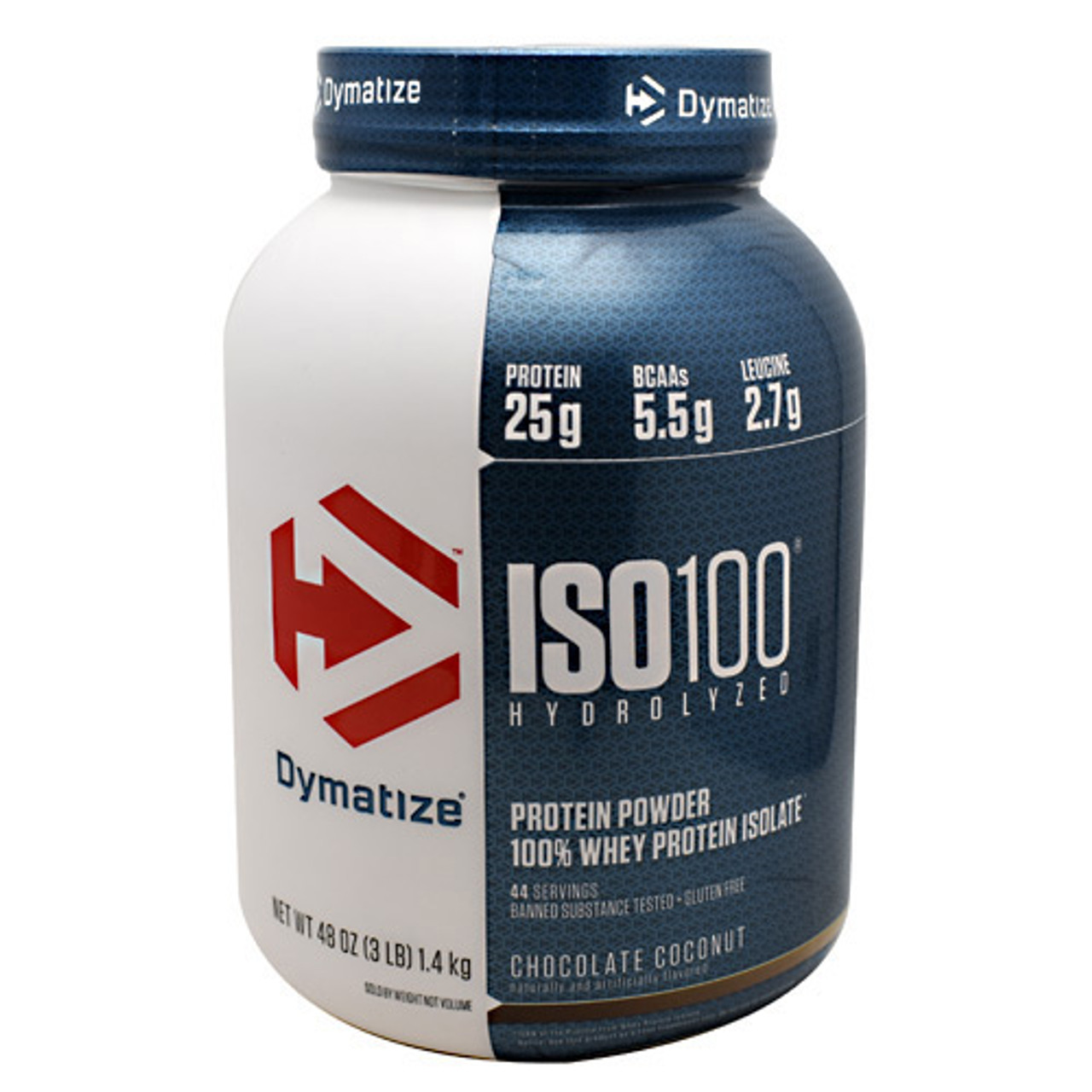
Nader Rifai PhD, in Tietz Textbook of Clinical Chemistry and Molecular Diagnostics, 2018 Isoelectric Focusing Electrophoresis The procedure has the advantages that it uses a robust solid column support and has high sample capacity. A mixture of acids, bases and ampholytes are used to form the gradient and equipment and reagents for chromatofocusing are available commercially. The principle of the technique is that proteins will be focused on an ion-exchange column if there is a pH gradient formed along the length of the column, and they will be eluted from the column at a pH value near to their individual pIs. It is possible to resolve more than 1000 individual proteins in an extract using this method.Ī preparative procedure related to but distinct from IEF known as ‘chromatofocusing’ was introduced in the early 1980s. This technique is particularly powerful as first-dimensional separation is on the basis of fine differences in charge, whereas second-dimensional resolution is size dependent. For this, proteins are initially separated using IEF in rod gels and then the rods are overlaid at a right angle on an SDS-PAGE gel and subjected to secondary separation. It is usually the method of choice for the preparation of isoforms of proteins.Īn important development of the basic polyacrylamide gel IEF procedure described by O'Farrel in 1975 is the concept of two-dimensional electrophoresis. Preparative IEF is used for isolation of proteins and is usually included at a later stage of a purification procedure, to separate a specific component from contaminants of slightly different pI. The pH values at points measured on the gradient are shown on the vertical axis. All batches show an identical spectrotype and the IEF pattern matches that produced by the reference standard (lanes 1 and 16). Isoelectric focusing in polyacrylamide gel of a number of batches (lanes 2–15) of clinical grade erythropoietin, showing consistency of production. Isoelectric focusing is also used for analysis of the polymorphism of the major histocompatibility complex.įigure 2. Focusing can be used to demonstrate the presence of oligoclonal immunoglobulin in biological fluids which may be significant in certain pathological conditions, e.g. The IEF profile of a mAb can be useful for identification purposes and is sometimes referred to as the ‘spectrotype’ of the antibody. The microheterogeneity is very often due to differences in glycosylation, but other post-translational modifications of the monoclonal IgG molecule also produce multiple bands on focusing. The focusing of murine monoclonal antibodies shows different IgG species to possess very different pI values and that the mAbs can show variable microheterogeneity (see Figure 1). Thus focusing of immunoglobulin G (IgG) derived from whole serum produces a ‘smear’ of protein over a fairly wide pH range due to the very large number of different immunoglobulin molecules present IEF of affinity purified IgG usually shows a complex multiband pattern.

Isoelectric focusing has been used to demonstrate the microheterogeneity of immunoglobulins. The technique is very useful when combined with immunoblotting this enables the precise antigen-binding profile of an antiserum or monoclonal antibody to be established. Immunochemists often use IEF for the analysis of a variety of antigens and preparations. This is frequently due to variation in the glycosylation of a protein and, in particular, the number of sialic acid residues present. a single primary structure which is modified after synthesis. The basis of the slight differences in the pI of isoforms as revealed by IEF is often post-translational modification of a protein, i.e.

Focusing is used for the diagnosis and study of some genetically transmitted disorders. Enzymologists have used IEF to detect isoforms of purified enzymes and protein biochemists have demonstrated ‘multiple forms’ of many proteins which appear homogeneous using other biochemical techniques (including other electrophoretic methods). However, the great resolving power of IEF makes it ideal for detection of microheterogeneity in purified proteins. Brasher, Robin Thorpe, in Encyclopedia of Immunology (Second Edition), 1998 Uses of IEFĪnalytical IEF can be used to assess the complexity of protein extracts and to identify components of interest.


 0 kommentar(er)
0 kommentar(er)
